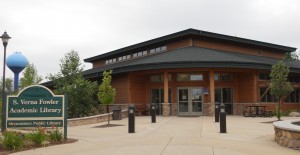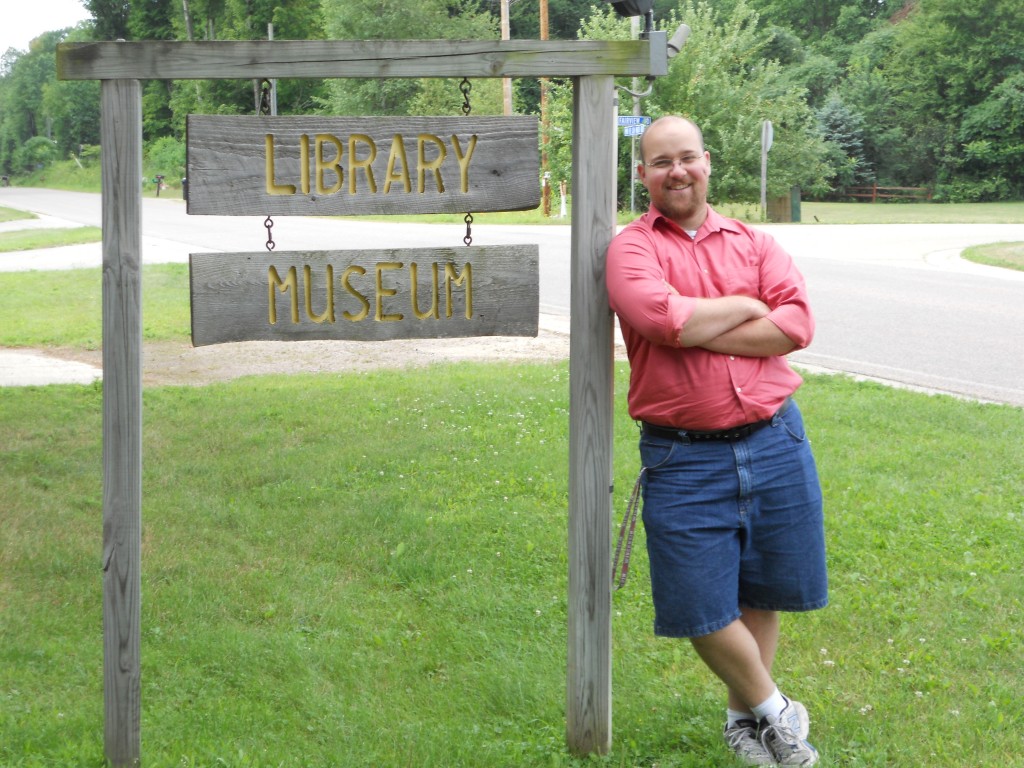
After our two-week long practicums on three of the reservations in Wisconsin, the TLAM students got back to Madison for a few more days of class earlier this week. We recapped our experiences and began planning for the CGLCK institute that’s going to be taking place this coming spring. We’re using those experiences as well as our interviews with culture keepers that we met with while at our placements to plan the most useful institute possible to benefit the culture keepers of the Great Lakes. That’s what we did this past week in class, but that’s not what I want to talk about in this post. I’d like to talk about why.
During the first class, we were first asked, and then reminded several times throughout the week, to really think about why we were doing this practicum at all. Why do we have placements in cultural institutions on the reservations? Why are we learning about libraries that serve American Indians? Why should indigenous knowledge be a part of LIS education? Why does SLIS have a class, a practicum opportunity, a student group, and a continuing education program devoted to native populations and their information and cultural needs. Let’s expand the question are start there. Why should I, as a future LIS professional, care about diversity at all?
I think the answer to that question is simple. Because everyone should.

Diversity makes us stronger. Agriculturalists talk about how dangerous monocultures are. If you have only one crop and that crop fails, if there’s a blight or if there’s an infestation, you die. But if you have several types of crops and one fails, you still survive. You can weather challenges that you wouldn’t be able to survive with a monoculture. It’s the same with us. When people who look differently, act differently, and think differently come together, people who came from different places and learned from different experiences, we can harness our full powers of creativity and knowledge to solve the problems of the world. That may sound grand, but that’s the point. We live in an ever-increasingly-connected world, a global, multicultural society, and we are weakened as a human race when only people of one skin color or one gender or one class make all the decisions.
So, why is it important that I spent two weeks working in the library at the College of Menominee Nation and why should this kind of opportunity be a part of LIS education? Because it will make me a better librarian. We live in a world where some, and possibly many, of my future patrons will look differently than me, act differently, think differently, and I need to know how to serve them. And the only way to learn how to serve a diverse population is to get experience in a diverse community. That’s the only way to become comfortable serving people who are different than you are.
That’s why Madison has a class, a practicum opportunity, a student group, and a continuing ed program centering around Native populations. There are so few opportunities to engage with diverse peoples built in to our LIS education that we have to take every advantage of every opportunity that we can. That’s why TLAM is important.
-Jacob Ineichen
